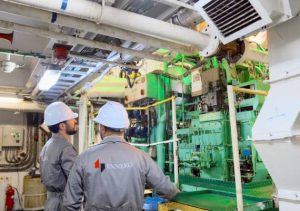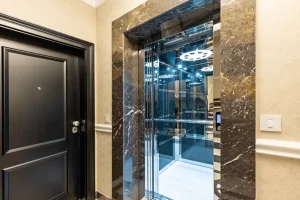Sustainable Construction: Building For A Greener Future

In an era where environmental concerns are at the forefront, sustainable construction practices have become increasingly important. Sustainable construction aims to minimize the environmental impact of buildings while maximizing their efficiency and longevity. By integrating sustainable design principles, materials, and technologies, the construction industry can contribute to a greener future. This article will explore the key aspects of sustainable construction and its benefits. See over here to choose a reputable unlimited engineering consultant.
Energy efficiency:
One of the primary focuses of sustainable construction is improving energy efficiency. Buildings account for a significant portion of global energy consumption and greenhouse gas emissions. Sustainable construction promotes the use of energy-efficient technologies and design strategies to reduce energy consumption. This includes using high-performance insulation, energy-efficient windows, and LED lighting and efficient HVAC (heating, ventilation, and air conditioning) systems.
Use of renewable and environmentally friendly materials:
Sustainable construction emphasizes using renewable and environmentally friendly materials. This involves selecting low-carbon footprint materials, such as sustainably sourced wood, recycled materials, and low-impact construction products. Additionally, using local materials reduces transportation-related emissions and supports the local economy.
Water conservation:
Sustainable construction also focuses on water conservation. To reduce water consumption, buildings can incorporate water-efficient fixtures, rainwater harvesting systems, and greywater recycling systems. Sustainable landscaping practices, such as using native plants and implementing efficient irrigation systems, can help minimize water usage.
Waste reduction and recycling:
Construction generates a significant amount of waste. Sustainable construction aims to reduce waste generation and promote recycling. Construction sites can implement waste management plans that prioritize recycling and proper disposal of materials. Additionally, designing buildings for adaptability and disassembly can facilitate future renovations and reduce waste during the building’s lifecycle.
Indoor environmental quality:
Sustainable construction considers the health and well-being of building occupants. It promotes good indoor air quality by incorporating proper ventilation systems, using low-VOC (volatile organic compounds) materials, and designing spaces that maximize natural light and views. Additionally, sustainable construction practices prioritize thermal comfort, acoustics, and ergonomic design to enhance occupant satisfaction and productivity.
Life cycle assessment:
Sustainable construction considers the entire life cycle of a building, from design and construction to operation and eventual demolition or reuse. Life cycle assessment (LCA) evaluates the environmental impacts of a building throughout its lifespan, considering factors such as energy consumption, material usage, and waste generation. This holistic approach allows for informed decision-making and identifying opportunities for improvement.




